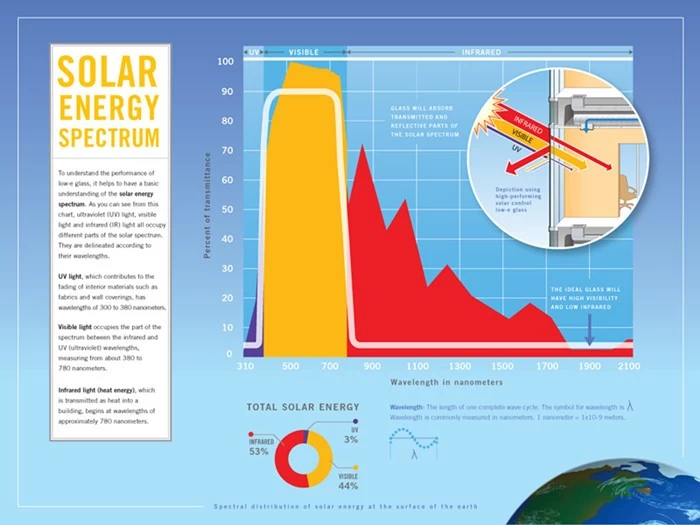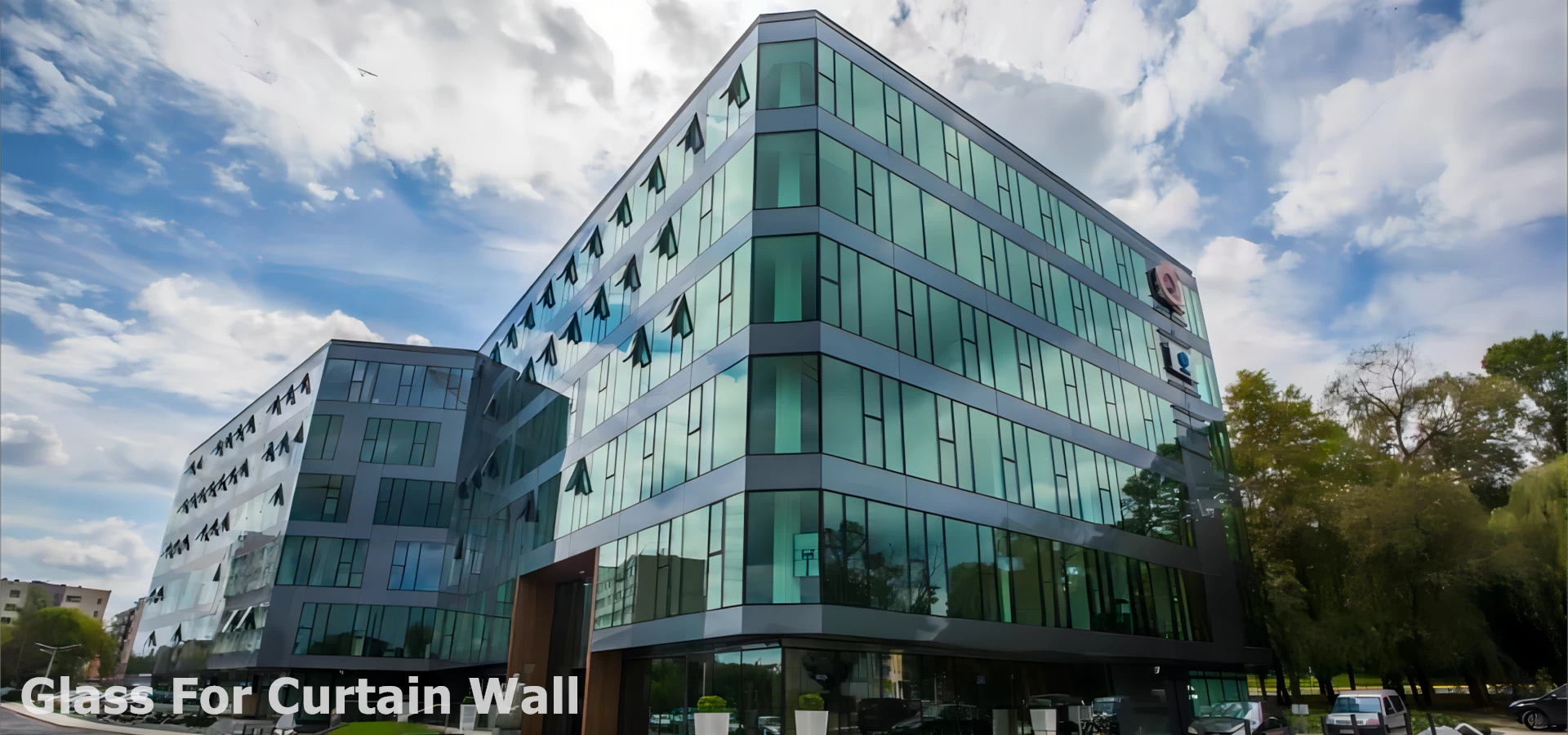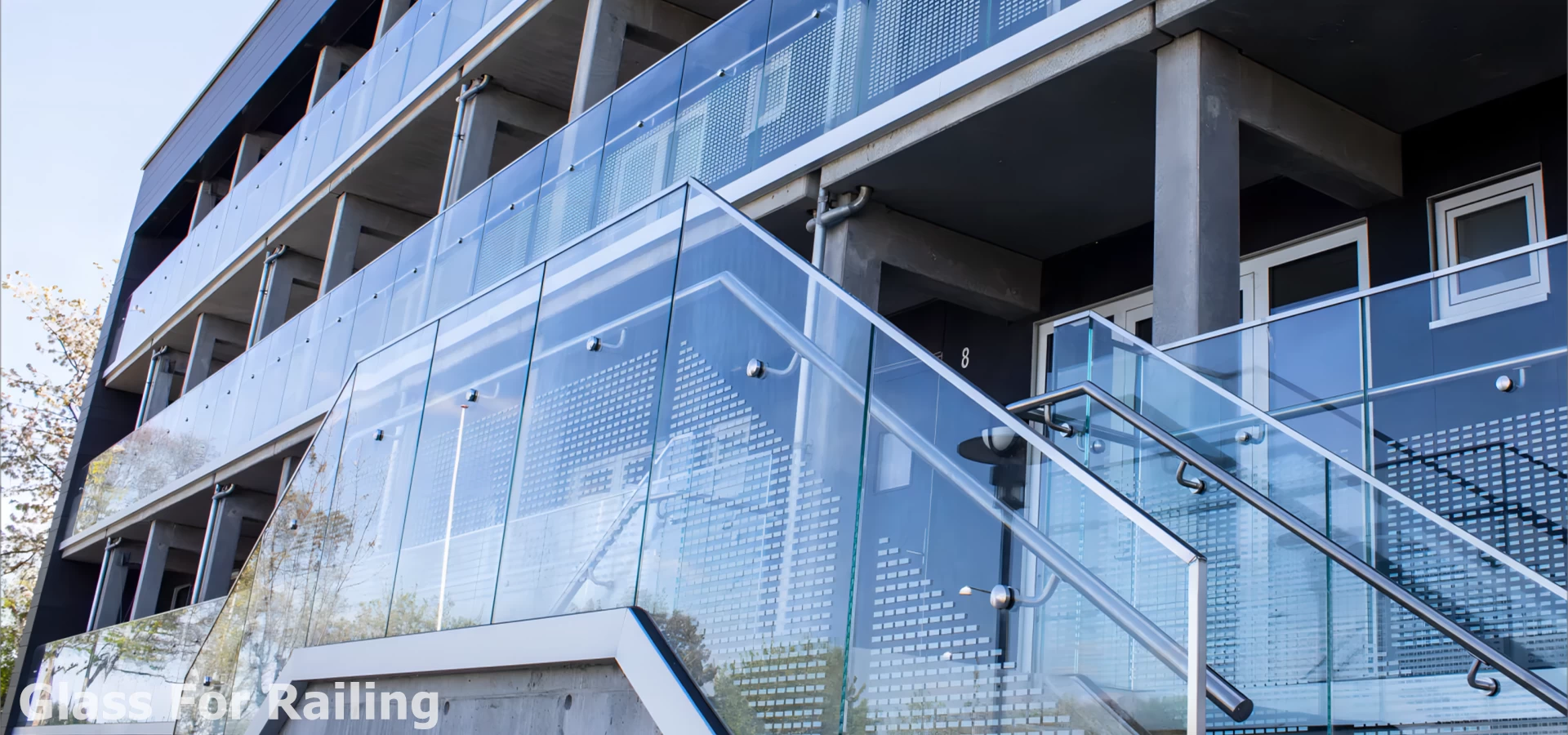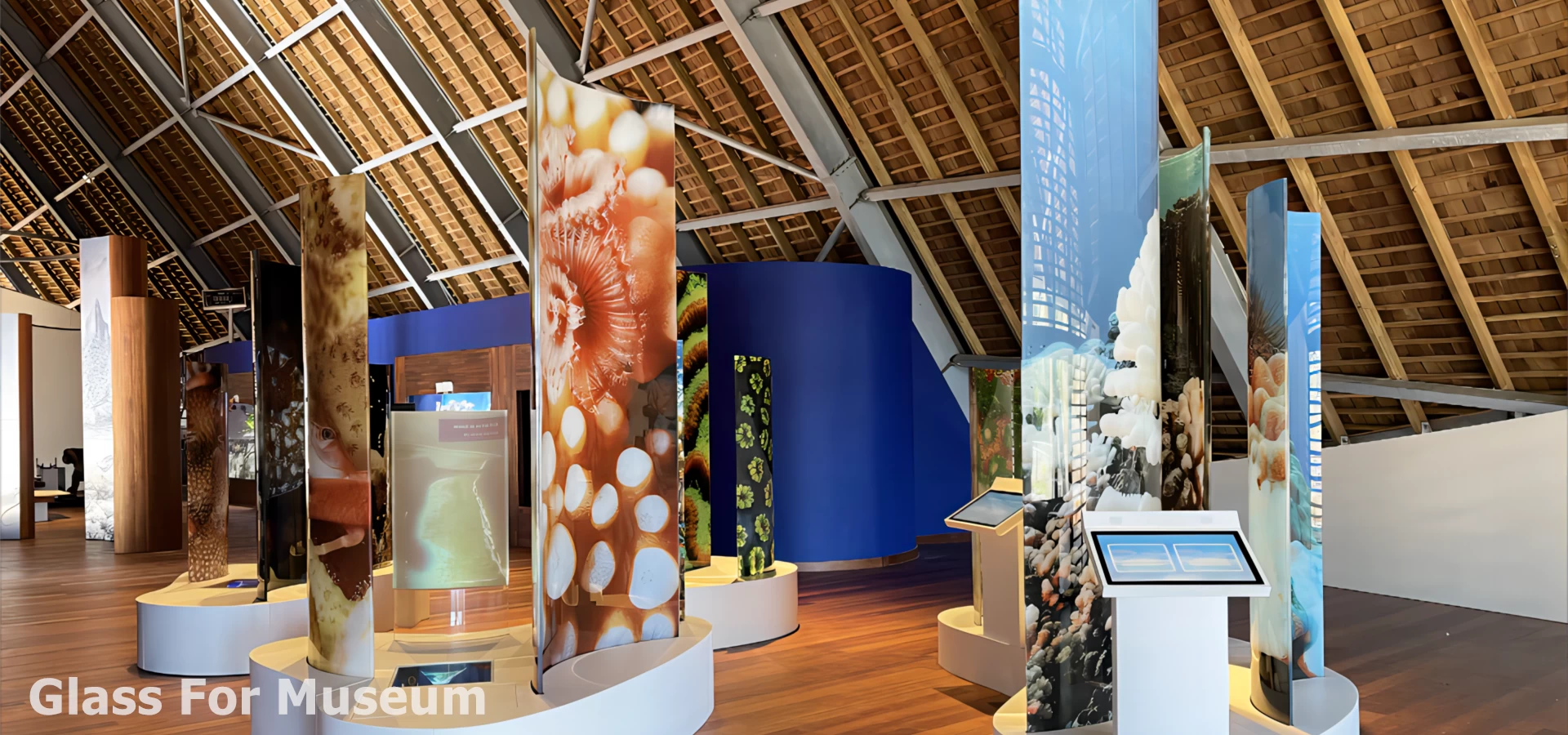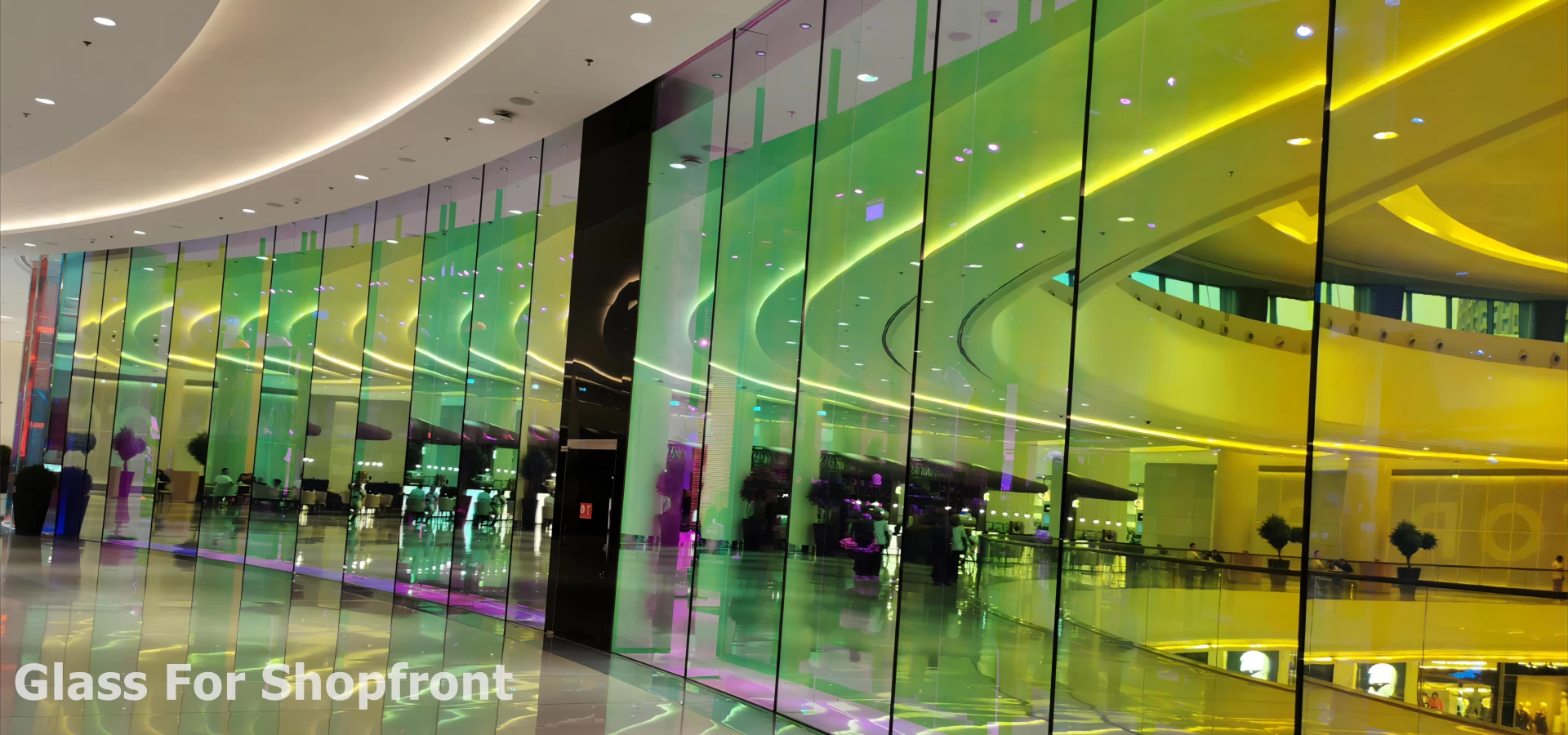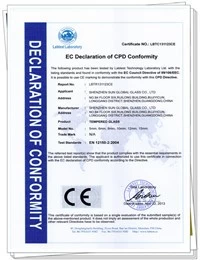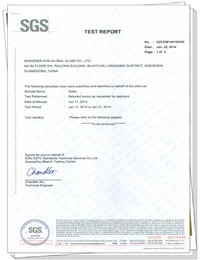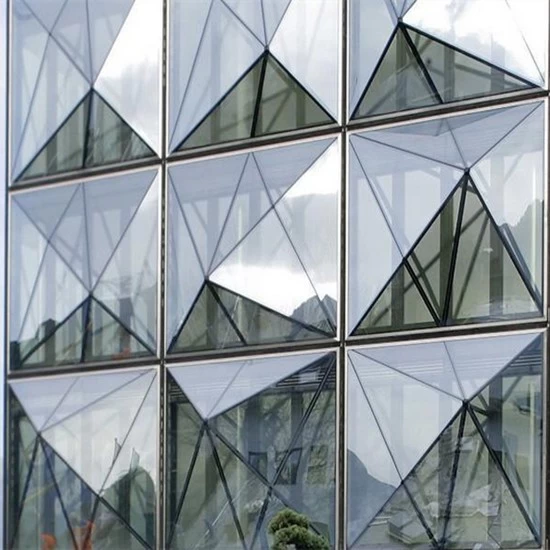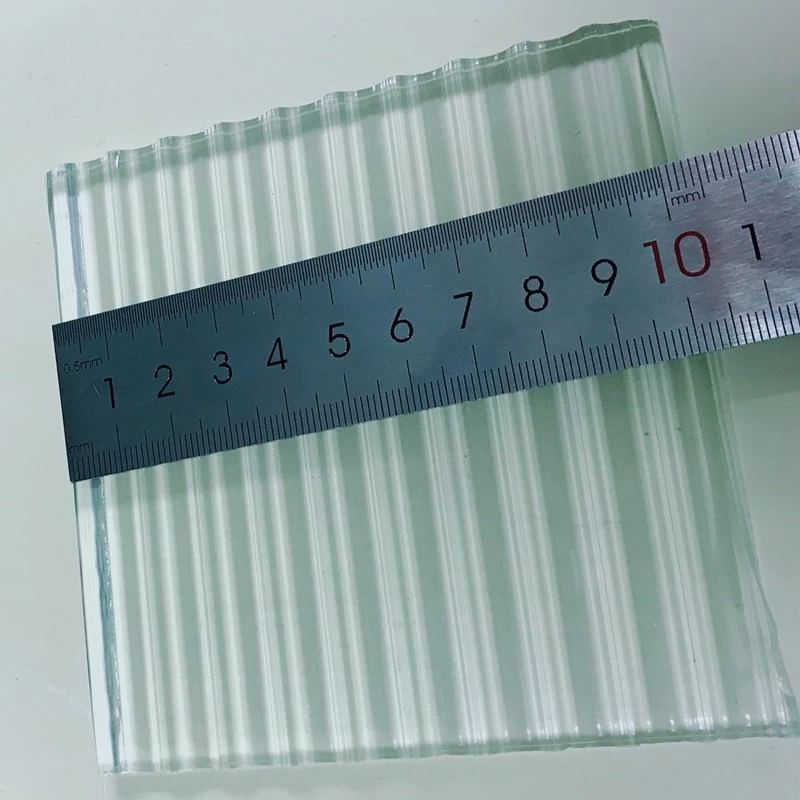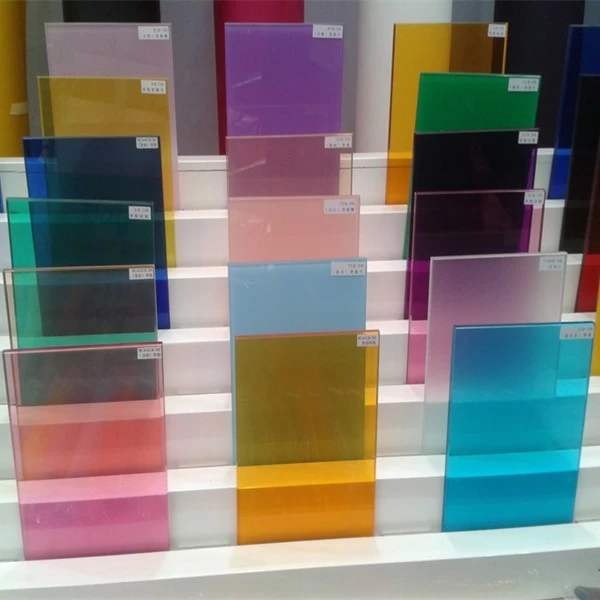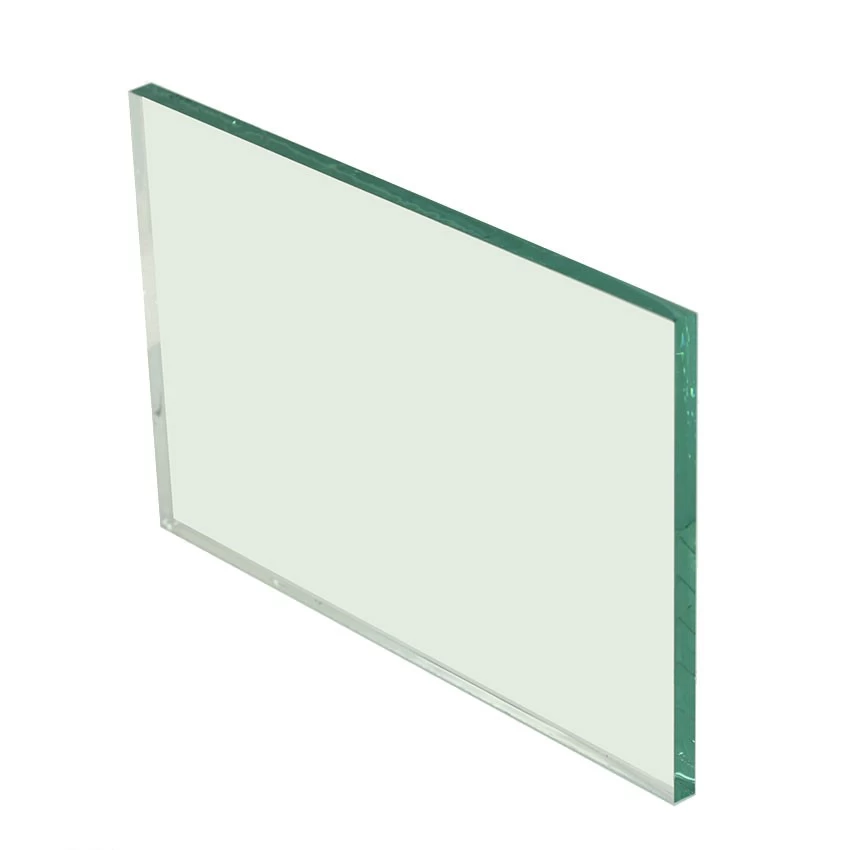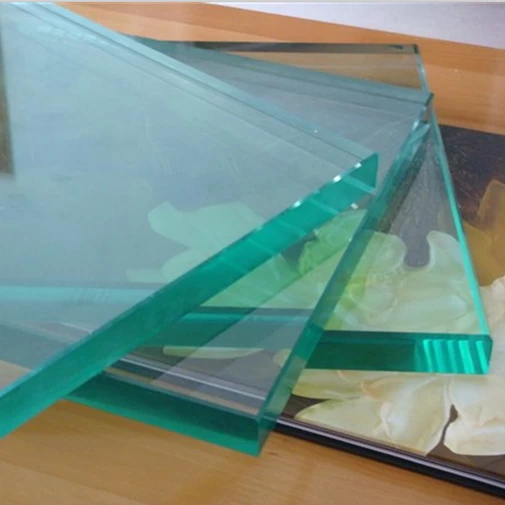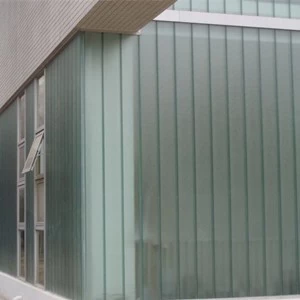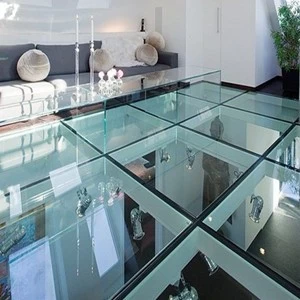How does low emissivity glass work?
SHENZHEN JIMY GLASS CO., LTD.
Extract
2017-10-08 23:02:41
Because of constantly improving solar and thermal performance, the low emissivity glass (low-e glass) is more and more popular to use in buildings. But do you know how does the low emissivity glass work to achieve energy efficiency?
In order to understand the Low-E glass coatings, firstly, let’s understand the solar energy spectrum or energy from the sun. Ultraviolet (UV) light, visible light and infrared (IR) light all occupy different parts of the solar spectrum – the differences between the three are determined by their wavelengths.
Ultraviolet light, which is what causes interior materials such as fabrics and wall coverings to fade, has wavelengths of 310-380 nanometers when reporting glass performance.
In order to understand the Low-E glass coatings, firstly, let’s understand the solar energy spectrum or energy from the sun. Ultraviolet (UV) light, visible light and infrared (IR) light all occupy different parts of the solar spectrum – the differences between the three are determined by their wavelengths.
Ultraviolet light, which is what causes interior materials such as fabrics and wall coverings to fade, has wavelengths of 310-380 nanometers when reporting glass performance.
Visible light occupies the part of the spectrum between wavelengths from about 380-780 nanometers.
Infrared light (or heat energy) is transmitted as heat into a building, and begins at wavelengths of 780 nanometers. Solar infrared is commonly referred to as short-wave infrared energy, while heat radiating off of warm objects has higher wavelengths than the sun and referred to as long-wave infrared.
Low-E glass coatings have been developed to minimize the amount of ultraviolet and infrared light that can pass through glass without compromising the amount of visible light that is transmitted.
When heat or light energy is absorbed by glass, it is either shifted away by moving air or re-radiated by the glass surface. The ability of a material to radiate energy is known as emissivity. In general, highly reflective materials have a low emissivity and dull darker colored materials have a high emissivity. All materials, including windows, radiate heat in the form of long-wave, infrared energy depending on the emissivity and temperature of their surfaces. Radiant energy is one of the important ways heat transfer occurs with windows. Reducing the emissivity of one or more of the window glass surfaces improves a window's insulating properties.
This is where low emissivity (or low-e glass) coatings come into play. Low-E glass has a microscopically thin, transparent coating—it is much thinner than a human hair—that reflects long-wave infrared energy (or heat). Some low-e's also reflect significant amounts of short-wave solar infrared energy. When the interior heat energy tries to escape to the colder outside during the winter, the low-e coating reflects the heat back to the inside, reducing the radiant heat loss through the glass. The reverse happens during the summer. To use a simple analogy, low-e glass works the same way as a thermos. A thermos has a silver lining, which reflects the temperature of the drink it contains. The temperature is maintained because of the constant reflection that occurs, as well as the insulating benefits that the air space provides between the inner and outer shells of the thermos, similar to an insulating glass unit. Since low-e glass is comprised of extremely thin layers of silver or other low emissivity materials, the same theory applies. The silver low-e coating reflects the interior temperatures back inside, keeping the room warm or cold, to achieve the effect of energy saving.
The low-E glass, could be used monolithic, but most often, it is used to make low-e laminated glass, Low-e insulated tempered glass, used as windows and doors, exterior structural walls, curtain wall facades, etc. Want to know more details about low-e glass, warmly welcome to contact us any time.
